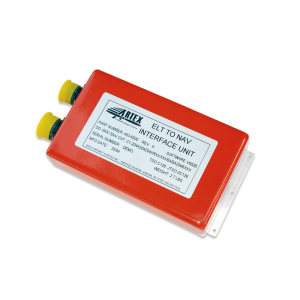ELT
-
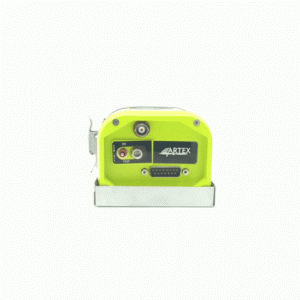
ELT 345
Take to the skies with confidence with the ELT 345. When an emergency happens, rely on the same brand that leading commercial aircraft manufacturers trust for first-class quality, superior technology, and outstanding customer service. The best selling ARTEX ELT 345 is built to the industry’s most stringent quality management standards to ensure the ELT works the first time, every time. The ARTEX ELT 345 transmits on 406 MHz and 121.5 MHz frequencies while providing positon accuracy thanks to the built-in GPS navigational interface. The ELT 345 boasts an industry low price for an ELT providing the same quality and performance on which the ARTEX brand was built.
-
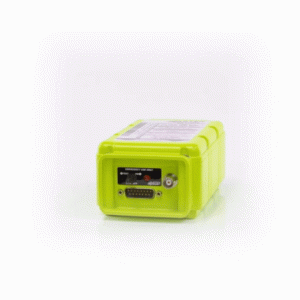
ELT 1000
Never leave the runway without having an Emergency Locator Transmitter (ELT) on board. The ELT 1000 is equipped with NAV interface, so if you run into an emergency, search and rescue teams will be given your aircraft location in less than a minute, within 100 meters. In addition to providing position accuracy, the ELT 1000 transmits on 406 MHz and 121.5 MHz frequencies. Like all our products, this ELT is built to surpass industry standards, and ensure that you’ll always get the help you need. Be Prepared for the Unpredictable: – Single output – Two-wire remote switch – Built-in GPS navigational interface – Accurate positioning – Multiple installation configurations
-
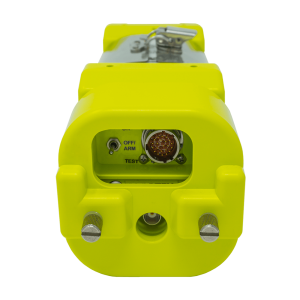
ELT 4000
The all new ARTEX ELT 4000 is a transport-grade Emergency Locator Transmitter (ELT) that utilizes alkaline batteries. This innovative power source means that the ELT 4000 is completely exempt from FAA special condition requirements. In the event of an emergency, the ELT 4000 can be activated manually or automatically to quickly alert local search and rescue teams of your situation. Be Prepared for the Unpredictable: – Lower battery expense per cycle – No hazmat shipping – Easy disposal – Integrated NAV interface (ARINC429)
-
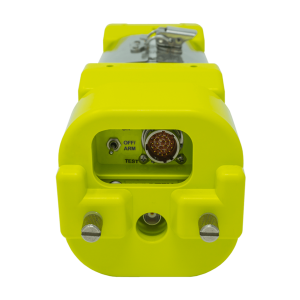
ELT 4000HM
The regulatory environment for Lithium Batteries has changed, and the ELT 4000HM is here for it. ACR is providing innovative battery system designs that assure a trouble-free certification path. The Artex ELT 4000HM is completely exempt from any FAA Lithium Battery compliance issues, and ships non-hazmat.
-

ELT 4000M
The all new ARTEX ELT 4000M is a transport-grade 3 frequency Emergency Locator Transmitter (ELT) that utilizes alkaline batteries. This innovative power source means that the ELT 4000M is completely exempt from FAA special condition requirements. In the event of an emergency, the ELT 4000M can be activated manually or automatically to quickly alert local search and rescue teams of your situation. Be Prepared for the Unpredictable: – Lower battery expense per cycle – No hazmat shipping – Easy disposal – Integrated NAV interface (ARINC429)
-

110-775 Portable Antenna, Dual Band for ME406P
Portable Antenna, Dual Band for ME406P, 121.5 & 406 MHz
-

ELT 4000M HM
The regulatory environment for Lithium Batteries has changed, and the ELT 4000M HM is here for it. ACR is providing innovative battery system designs that assure a trouble-free certification path. The Artex ELT 4000M HM is a 3 frequency ELT that is completely exempt from any FAA Lithium Battery compliance issues, and ships non-hazmat.
-
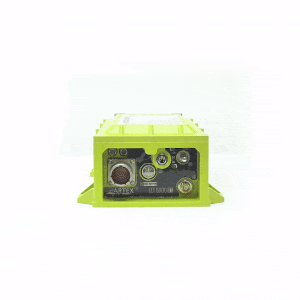
ELT 5000 Distress Tracking (DT) For GADSS Compliance
Emergency Locator Transmitter with Distress Tracking or ELT-DT in a Crash-Survivable package.
The ARTEX ELT 5000 provides the next evolution of ELT Distress Tracking technology to meet new ICAO Global Aeronautical Safety System (GADSS) requirements. ELT 5000 provides both in-flight tracking and post-flight localization in a single crash-resistant unit. When integrated as part of an Autonomous Distress Tracking system, like the ARTEX ADT 5000, the configuration fully complies with all of the ICAO and EASA GADSS requirements.
Learn more at GADSS.com
Want to learn more about why you need a GADSS Compliant Distress Tracking ELT:
For a full list of all the ELT 5000 Specification and a product brochure: Contact James Hunter at +1 954-612-9592 or james.hunter@acrartex.comThis device has not been authorized by the rules of the Federal Communications Commission, FAA, EASA, or Cospas-Sarsat. This device is not, and may not be, offered for sale or lease, or sold or leased until authorization is obtained.
-
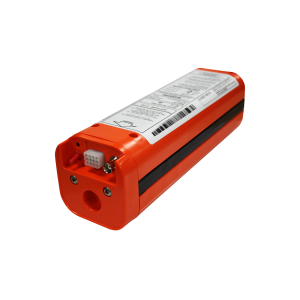
C406-2
The Artex C406-2 transmits on all 3 emergency frequencies (121.5/243.0 and 406 MHz.) The ELT automatically activates during a crash and transmits the standard swept tone on 121.5 and 243.0 MHz. It also transmits a 406 MHz encoded digital message to the Cospas/Sarsat satellite system, which allows for rapid identification and reduces Search and Rescue response time.
-
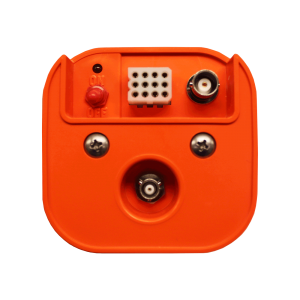
C406-2 HM
The Artex C406-2 HM is an emergency locator transmitter (ELT) that has been built to meet the rigorous requirements of TSO C126, and pass even the toughest safety tests. The C406-2 HM ELT automatically activates during a crash, and transmits a 406 MHz digital message to a worldwide network of satellites, which allows first responders to quickly and accurately identify not only where you are, but who you are as well. These factors help take the ‘search’ out of ‘search and rescue’, and allow local first responders to more easily bring you home.
-
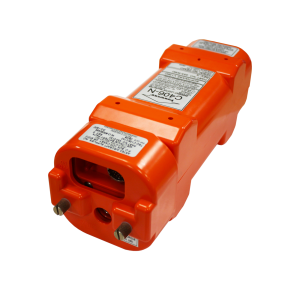
C406-N
The Artex C406-N is a single output emergency locator transmitter (ELT) that contains the latitude/longitude information from the aircraft navigation system. Following long message protocol, the 406 MHz transmitter turns on and transmits an encoded digital message to the Cospas/Sarsat satellite system every 50 seconds for 520 milliseconds. During a crash, the ELT automatically activates and transmits the standard swept tone on 121.5 and 243.0 MHz.
-
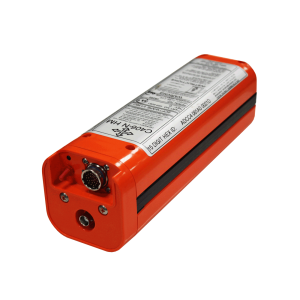
C406-N HM
The Artex C406-N HM is a single output emergency locator transmitter (ELT) that contains the latitude/longitude information from the aircraft navigation system. Following long message protocol, the 406 MHz transmitter turns on and transmits an encoded digital message to the Cospas/Sarsat satellite system every 50 seconds for 520 milliseconds. During a crash, the ELT automatically activates and transmits the standard swept tone on 121.5 and 243.0 MHz.
-

8603 Rod Antenna, Tri-band
The ARTEX 8603 Rod Antenna is reinforced with glass and a polyester housing that covers our innovative Tri-Band technology, effectively bringing 121.5, 243, and 406 MHz frequencies in one compact package. This highly efficient antenna provides a single BNC connector for those installations that require a single connector set-up.
-
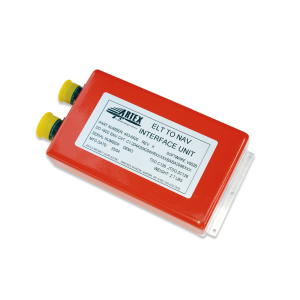
ELT to Nav Interface Boeing
When you’re facing an emergency situation, have peace of mind knowing that with the ELT to Nav-B Interface, search and rescue teams will have the knowledge of your position (within 100 meters). The ELT to Nav-B Interface is designed to be connected between the aircraft’s Flight Management Computer (FMC) or GPS receiver, and the B406-4 (Boeing) ELT. This device receives continuous position updates from the aircraft’s navigation system, and then translates it for use by the ELT. If you should need to activate your ELT, your aircraft’s latitude and longitude will be transmitted to a worldwide network of search and rescue satellites.






